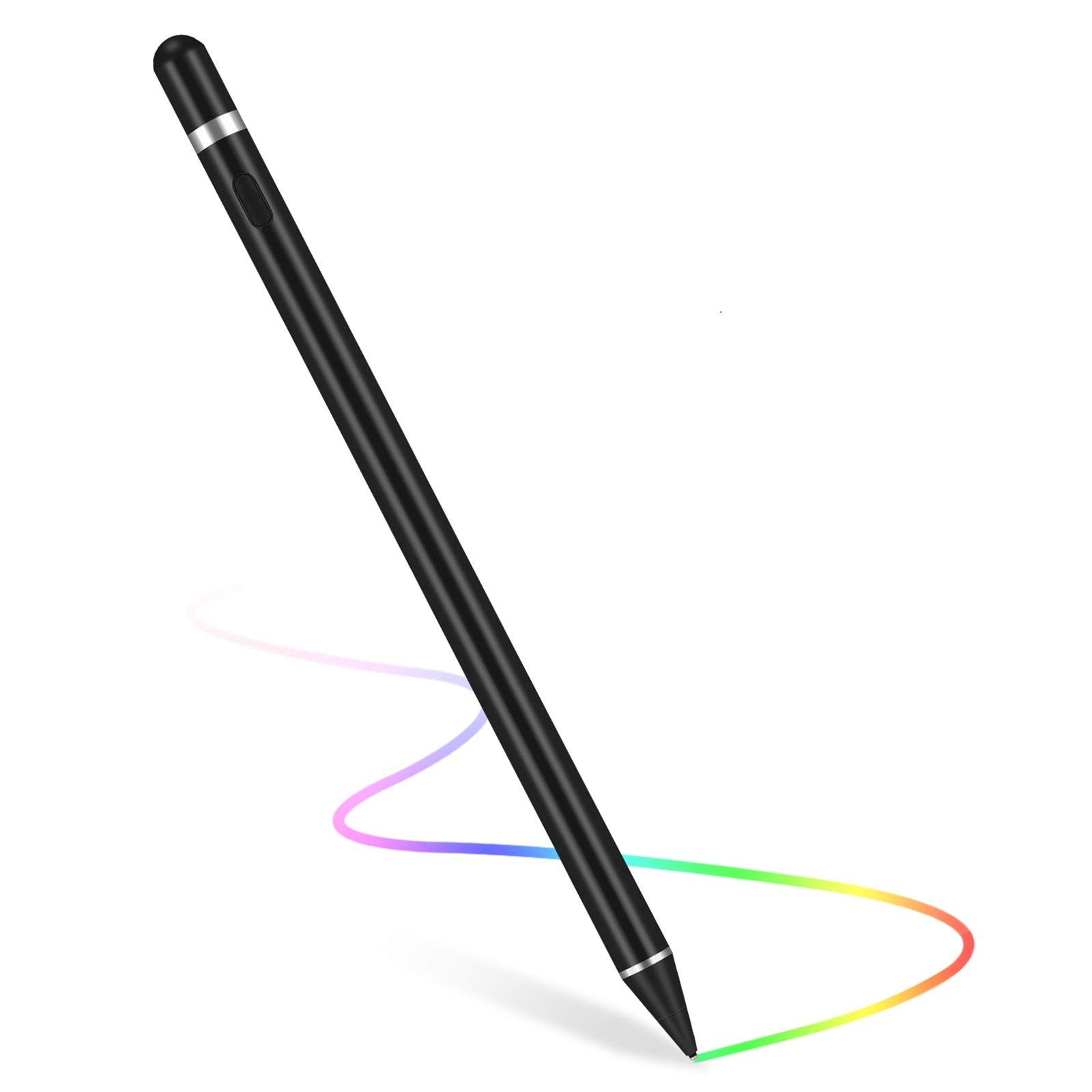In today’s tech-driven era, traditional note-taking methods are rapidly giving way to digital alternatives. Students and professionals are seeking tools that can help them adapt to this shift seamlessly. One such tool that has gained popularity is the humble stylus, or its more advanced counterpart, the digital pen. These unassuming accessories have the potential to revolutionize the way we learn and work. In this comprehensive guide, we will explore how styluses and digital pens are transforming the educational landscape.
Stylus vs. Digital Pen: What’s the Difference?
Before we dive into the myriad of benefits these tools offer, it’s essential to clarify the distinction between a stylus and a digital pen.
Stylus:
A stylus is essentially a pen-shaped instrument used for input on touch screen devices, like tablets and smartphones. It mimics the function of a finger but with greater precision. Styluses are primarily used for navigation, making selections, and occasionally, for simple sketching or writing.
Digital Pen:
Digital pens, on the other hand, are a more advanced version of styluses. They are designed not just for input but also for creating digital content with a level of precision and control that rivals traditional pen and paper. These pens are often equipped with features like pressure sensitivity and palm rejection, which enable users to draw, write, and annotate documents with a high degree of accuracy.
The Educational Revolution
- Efficient Note-Taking:
One of the most significant advantages of using styluses and digital pens in an educational setting is the ability to take notes more efficiently. Research has shown that writing notes by hand can enhance information retention, and digital pens allow you to combine the benefits of both analog and digital methods.
Digital pens, especially those designed for tablet devices, provide a natural writing experience that closely simulates using pen and paper. They allow users to write, sketch, or annotate documents directly on the screen, making the note-taking process more intuitive. This feature can be a game-changer for students and professionals who need to jot down ideas, diagrams, or formulas in a flash.
- Interactive Learning:
Digital pens can turn passive learning into an interactive and engaging experience. With the ability to write directly on the screen, educators can create dynamic lessons and tutorials that encourage student participation. This not only makes the learning process more enjoyable but also improves comprehension and knowledge retention.
Imagine a history lesson where students can highlight and annotate important events on a timeline, or a math class where complex equations can be broken down step by step on a digital whiteboard. The possibilities for interactive learning are boundless with digital pens.
- Accessibility:
Styluses and digital pens can also be a game-changer for students with disabilities. These tools provide a means for students with fine motor skills challenges to participate more effectively in the learning process. Furthermore, digital content can be easily converted into various formats, such as audio or large print, making it accessible to a wider range of students.
Beyond the Classroom: Professional Applications
Styluses and digital pens are not limited to the classroom; they have significant applications in the professional world as well.
- Graphic Design and Art:
For graphic designers and artists, digital pens are invaluable. These tools offer a level of precision and control that is crucial for creating intricate designs and artwork. Whether you are working on digital illustrations, photo retouching, or 3D modeling, a digital pen can make the creative process more fluid and natural. - Business and Productivity:
In the corporate world, styluses and digital pens are becoming essential for business professionals. They can be used for note-taking during meetings, annotating documents, and even signing digital contracts. The ability to seamlessly transition between writing and digital input is a time-saver and enhances productivity.
Choosing the Right Stylus or Digital Pen
Selecting the right stylus or digital pen depends on your specific needs. Consider the following factors when making your choice:
Compatibility: Ensure that the stylus or digital pen is compatible with your device. Different devices have varying levels of support for these tools.
Pressure Sensitivity: If you are into art or design, look for a pen with pressure sensitivity. This feature allows for more precise control over line thickness and shading.
Battery Life: Some digital pens require batteries, while others are rechargeable. Consider your usage patterns and choose accordingly.
Palm Rejection: Palm rejection technology is essential for a seamless writing experience. It prevents accidental touch input when resting your hand on the screen.
Cost: Styluses can range from budget-friendly to premium options. Consider your budget and how you intend to use the pen.
Conclusion
Styluses and digital pens are more than just accessories; they are tools that empower learners and professionals alike. Their ability to bridge the gap between analog and digital worlds is reshaping the way we learn, work, and create. As the educational and professional landscape continues to evolve, these unassuming tools are proving to be indispensable in helping us adapt and thrive in the digital age. Whether you’re a student looking to take more efficient notes or a professional seeking to boost productivity, the stylus or digital pen might just be the missing piece in your toolkit. Embrace the future of learning and productivity with these innovative accessories.


